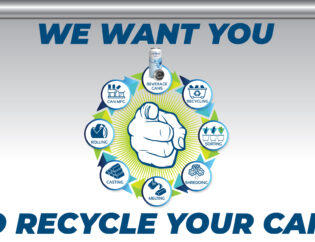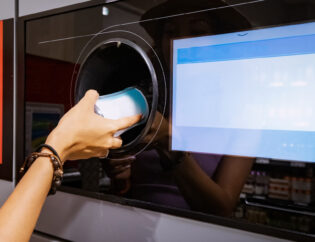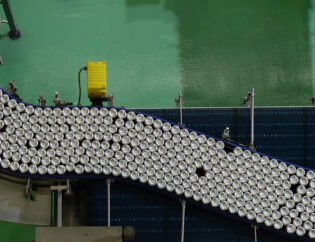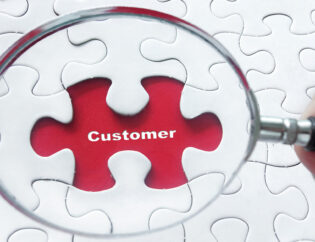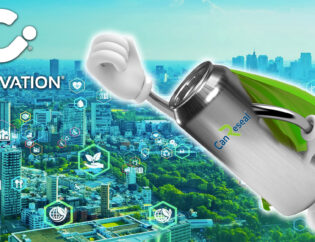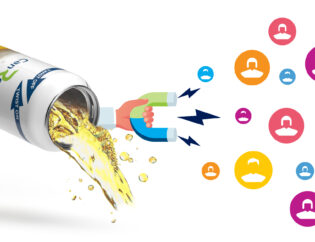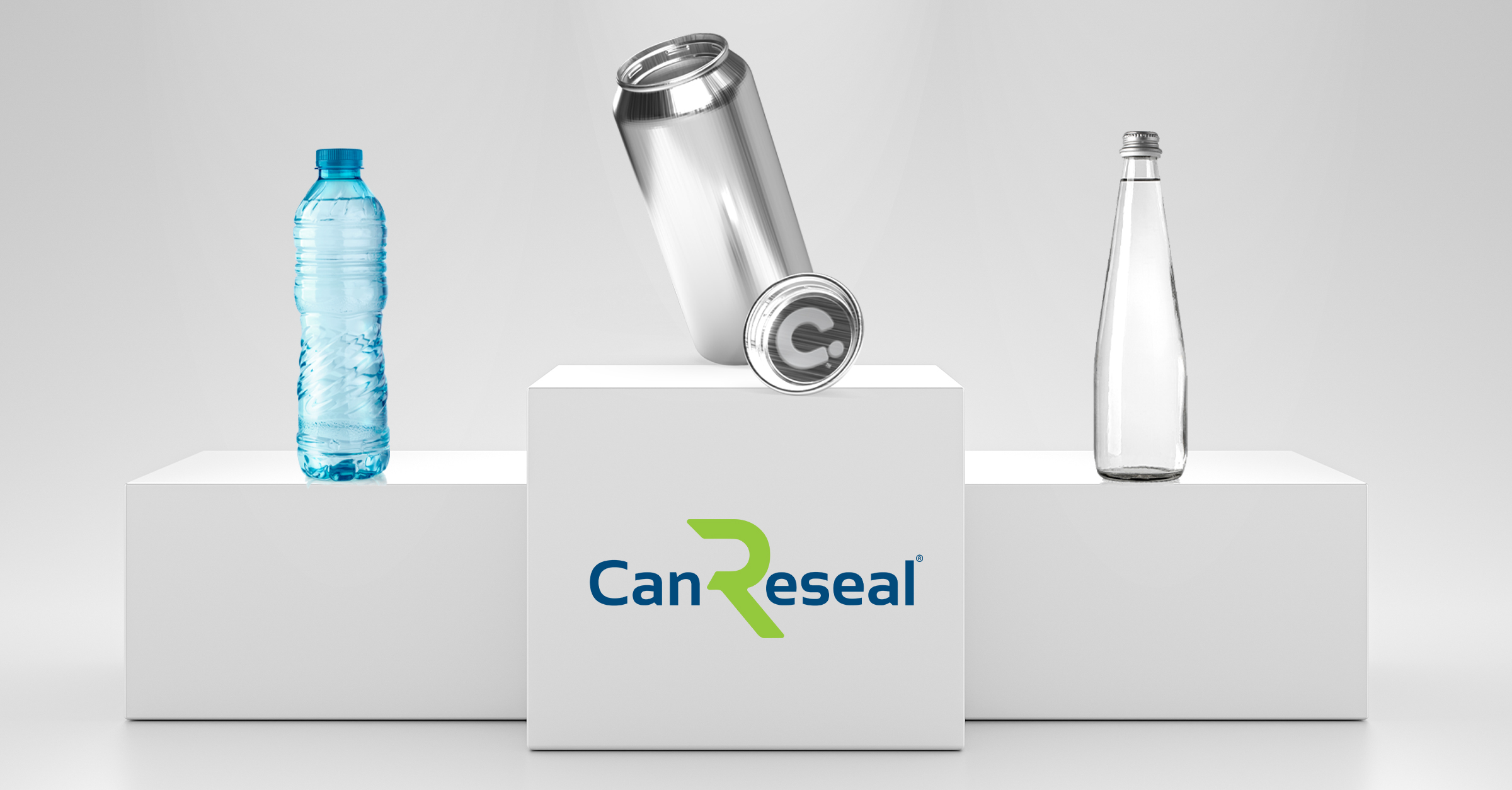
As we inch toward a new year, the focus on sustainability in packaging is sharper than ever. Consumers, businesses, and regulatory bodies are all pushing for eco-friendly practices that reduce the environmental impact of packaging materials. In 2024, several key practices are poised to shape The Future of Sustainable Packaging™. Let’s delve into these top 7 trends of 2024 and explore how they are influencing the packaging industry.
- Circular Economy Approach
- One of the central themes in sustainable packaging for 2024 is the adoption of a circular economy approach. This approach focuses on designing packaging that is not just recyclable but also aims to maximize the value of materials and minimize waste. Brands are increasingly looking at ways to use recycled content, design for recyclability, and develop products that can be easily disassembled and recycled.
- Reduced Packaging Waste
- Reducing packaging waste remains a top priority. Brands are exploring various strategies to achieve this goal. They are designing packaging with minimalistic and efficient structures, eliminating excess materials, and opting for lightweight packaging solutions. Additionally, the concept of “right-sizing” is gaining traction, which means choosing the appropriate packaging size for the product to reduce empty space and lower transportation emissions.
- Alternative Materials
- The quest for sustainable packaging has led to a surge in the use of alternative materials. In 2024, expect to see more packaging made from materials like plant-based plastics, paper, and other biodegradable or compostable substances. Brands are embracing these materials to reduce their reliance on traditional plastics derived from fossil fuels.
- Intelligent Packaging
- Intelligent or smart packaging is on the rise as a sustainable solution. These packages are embedded with technologies like QR codes, NFC (Near Field Communication), or RFID (Radio-Frequency Identification) that provide consumers with information about the product, including its origins, ingredients, and sustainability credentials. Smart packaging not only enhances consumer engagement but also supports traceability and transparency efforts.
- Minimalistic and Aesthetic Design
- Sustainable packaging doesn’t mean compromising on aesthetics. In fact, minimalist and visually appealing designs are becoming more popular. Brands are realizing that sustainable packaging can be eye-catching and memorable, creating a strong brand image while reducing environmental impact.
- Consumer Education
- Consumer education is at the forefront of sustainable packaging efforts in 2023. Brands recognize that informed consumers are more likely to make eco-conscious choices. Consumer education campaigns focus on recycling awareness, environmental impact, sustainability benefits, and sustainable options. Consumer education is not just about disseminating information; it’s about empowering individuals to make meaningful changes in their purchasing habits. Brands are partnering with environmental organizations and leveraging social media to amplify their educational efforts.
- Legislation and Regulation
- Governments worldwide are introducing legislation and regulations to combat plastic pollution and promote sustainable packaging. These regulations are pushing brands to adopt eco-friendly practices and invest in sustainable alternatives.
In conclusion, 2024 is set to be a transformative year for sustainable packaging. Brands that embrace circular economy principles, reduce waste, experiment with alternative materials, and prioritize consumer education will not only meet the growing demand for sustainable products but also contribute to a healthier planet. Sustainability in packaging isn’t just a trend; it’s a commitment to a greener future for all.

